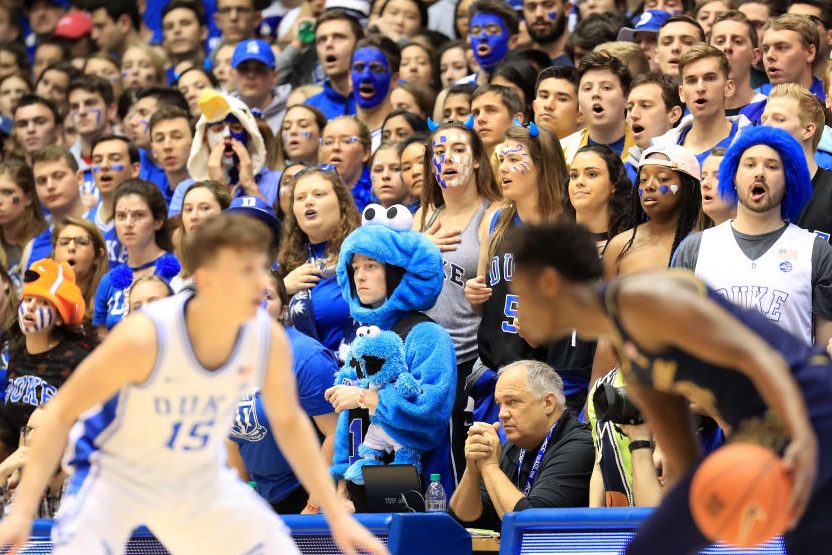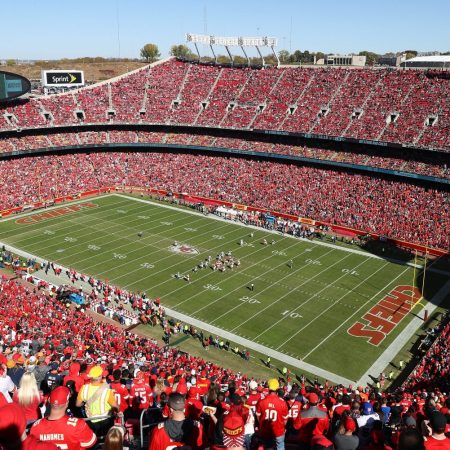Though the billions of dollars that have been spent over the last 25 years to upgrade sports facilities across the country have made high-efficiency air filtration systems more common, more will likely need to be spent on these state-of-the-art systems to make fans feel safe in the post-coronavirus era.
In addition to upgrades on air filtration, the owners of sports arenas and stadiums are also going to need to figure out a way to keep common surfaces like door handles, stair railings and bathroom fixtures as clean as possible.
But the biggest hurdle in getting fans back into stadiums may be determining how to get spectators, who will likely need to wear masks, to be socially distanced in a safe way.
“Most of the real risk is going to be short-distance transmission, people sitting within two, three or four seats of each other,” Ryan Demmer, an epidemiologist at the University of Minnesota’s School of Public Health, told The Associated Press. “It’s not really about the virus spreading up, getting into the ventilation system and then getting blown out to the entire stadium because this virus doesn’t seem to transmit that way. It doesn’t aerosolize that well.”
Possible remedies may include cutting down on bottlenecks at entrances and exits as well as concession stands on concourses and making maintaining space between non-familial attendees mandatory.
Subscribe here for our free daily newsletter.
Whether you’re looking to get into shape, or just get out of a funk, The Charge has got you covered. Sign up for our new wellness newsletter today.


















